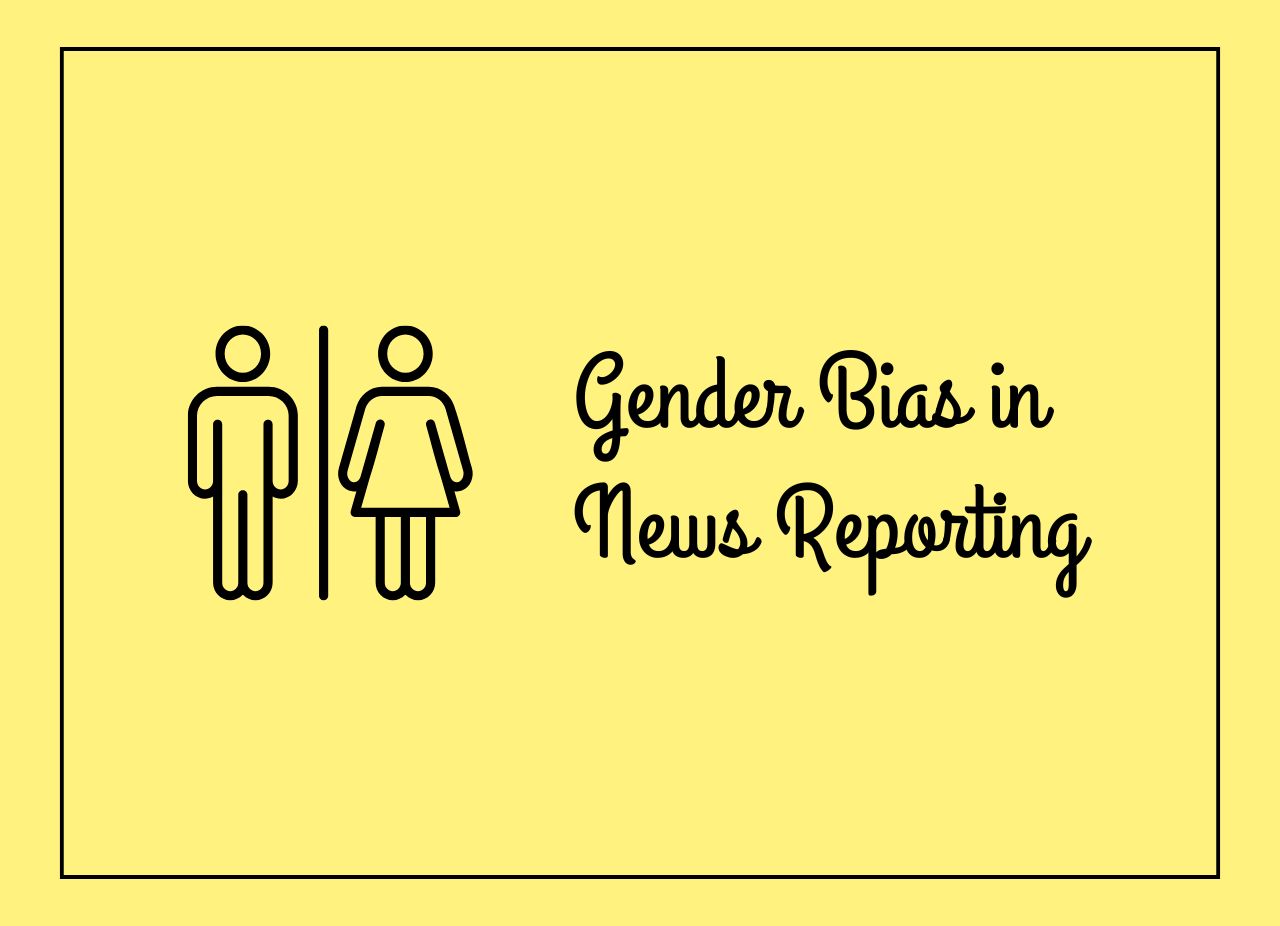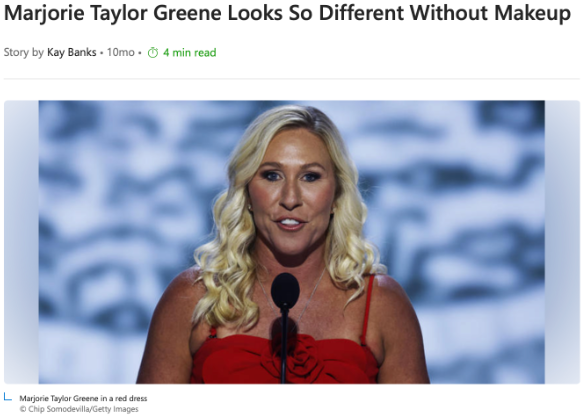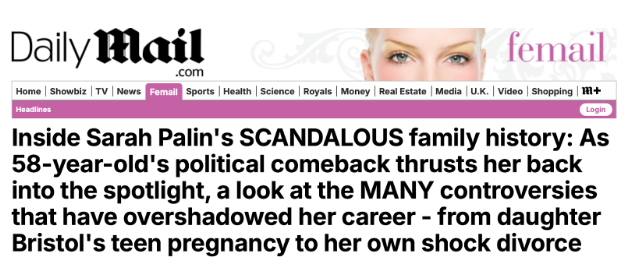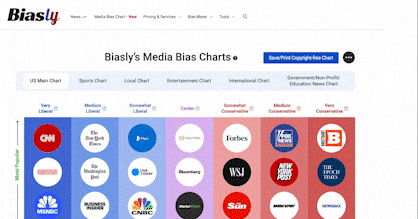
All around the world, we see gender inequalities reflected in many ways. In every country, we see differences between the treatment of genders in the workforce, domestic sphere, and political arena. Media and news reporting are no exception. All people are susceptible to various types of biases. So, people working in the media industry can, intentionally or unintentionally, promote prejudices like gender bias in the news. It’s crucial to learn about a variety of kinds of media bias to assess the reliability of what you read. Gender bias is one particularly common way that unfairness in the media manifests itself.
What Is Gender Bias in News Reporting?
Gender bias is the tendency to favor or disfavor someone based on their gender. In the news, this can look like differing portrayals of politicians of different genders. While gender bias can be present when discussing a range of genders, it is often female politicians who receive different coverage and descriptions. This is especially true when compared to their male politician counterparts.
There are a handful of ways in which this type of gender bias in news reporting shows up. Word choice, content focus, amount of coverage, and much more are mechanisms of bias in the media. Luckily, you can protect yourself from harmful gender bias in news reporting accidentally influencing you. To do so, it’s important to know the basics of where to find it, what it looks like, and how you can detect it. These are great media literacy skills to practice, and this article is going to walk you through them!
How Does Gender Bias Affect Political News Coverage?
The two primary ways gender bias shows through news reporting are the coverage and the content of news about politicians. Coverage refers to the extent of reporting on a person or issue, while content refers to the information presented in news coverage.
Gender Bias Coverage
Coverage is an essential part of political news reporting. There’s a reason you hear about presidential elections on national television and not a cat getting stuck in a tree. What the news covers, particularly in national news, is the news’ way of saying “Hey! This is important!” Political coverage is necessary because people can’t have an opinion or take action on something if they don’t know it exists. In this way, gender bias can come through in news reporting through disproportionate news coverage.
In every corner of the world, female politicians often have a harder time getting media attention than male politicians. A 2023 study was done on the last decade of reporting on women who are American politicians. This study found that women in high-level political positions receive less coverage than men in positions of a similar caliber. This finding repeats across cultures and geographies. There is a similar lack of coverage of high-profile female politicians from Nigeria to six countries in Europe.
The lack of general coverage of women in politics may hinder their ability to campaign, mobilize constituents, and garner support. It’s no secret that being a politician is a very public-facing career. How can you effectively meet the demands of your position if you cannot reach the public at all?
Women in politics struggle broadly to gain coverage, but they are also underrepresented in certain kinds of media reporting. A study done by Aaldering and Van der Pas in 2020 remarked that journalists tend to provide media coverage on and associate male politicians with traditionally “masculine” political topics. These are issues like foreign policy and national security. However, they did not observe this trend for women.
So, what kind of coverage do women in politics get, and how does it differ from that of male politicians?
Gender Bias Content
The content of the coverage of women in politics reveals a slew of gender disparities. One of these differences is the focus placed on female politicians’ personal lives. The same work conducted by Aaldering and Van der Pas noticed that reporting done on female politicians frequently paid less attention to leadership and policy issues. Instead, it emphasized their physical appearance, family lives, and emotional state. These things are often based on gendered stereotypes of women in society. As a result, they may detract from these politicians’ career achievements and skew our perceptions of women in politics.
Similarly, a word analysis on reporting differences between male and female politicians found that stereotypically feminine physical traits like “stunning” and “pretty” were strongly associated with news about female politicians. In contrast, stereotypically masculine physical traits like “muscular” or “rugged” were not significantly associated with male politicians. However, they were more frequently associated with traits like “moral” or “logical” than female politicians. The selection of topics and the portrayal of politicians can correlate with gender-biased ways of thinking.
The gender of the politician cannot only affect the topic of the article but also its tone. Aaldering and Van der Pas noticed that reporting on female politicians’ electability, or the probability of success, was often much more negative than male politicians. An underlying implication here could be that female politicians are not as qualified or likable as male politicians. This is a kind of messaging that could cause a self-fulfilling prophecy at the polls. However, there is some new research that suggests that party dynamics may play into this phenomenon. This study found that while reporting on Democratic female politicians was more negative than their male counterparts, the opposite was true for Republicans. Regardless, this does not make certain politically inclined media companies immune to gender bias…
Real-Life Examples of Gender Bias in Media
You can find gender-biased reporting in news outlets across the political spectrum, targeting politicians across the political spectrum as well. While right-wing and left-wing media alike may claim to be objective arbiters of fact, there are countless instances of these sources perpetuating gender stereotypes in the media. That being said, they may do so more or less subtly and differently, under different circumstances. Let’s look at some examples of gender bias in the media.
An analysis of coverage of Former Vice President Kamala Harris in 2020 and 2021 showed that major right-leaning sources frequently used more overtly disparaging sexist language when describing Harris. Left-leaning sources, on the other hand, often honed in on aspects of her personal life and clothing. Both of these betray gender bias in their reporting but use different tactics.
Republican women in politics have been on the receiving end of coverage that plays into gender stereotypes as well. We can see another example of gender bias in news coverage when Marjorie Taylor Greene took to her social media to criticize the Democratic Party, and MSN posted this headline:

And, when Sarah Palin ran for the House of Representatives in 2022, Daily Mail ran an article with this title:

In these instances, each politician had a more directly relevant political circumstance related to their career. But as we discussed earlier, news outlets instead shifted focus to extraneous personal details. Sometimes, like in the MSN case (a more left-leaning outlet), you might see how biased political motivations may lead to harmful gender bias. In others, like the more right-leaning Daily Mail example, political motivation may not play as large of a role. Using tools like Biasly’s Media Bias Chart can help you understand why a news outlet may be employing gender stereotypes.
Of course, a male politician can be the subject of headlines like these—they have been before. The difference is that it is hard to imagine constant reporting on other, non-female politicians in these specific, gendered ways.
Why Gender Diversity in Newsrooms Matters
One contributing factor to biased reporting is the lack of gender diversity within the media workforce itself. Newsrooms that lack a balanced representation of genders often overlook certain stories or perspectives. Research shows that diverse teams are better equipped to challenge assumptions and spot bias in their reporting. Gender diversity can lead to more balanced sourcing, a broader range of policy issues, and less reliance on stereotypes.
Increasing diversity in the newsroom is not just a question of equity—it’s a matter of accuracy and quality. Media organizations with more inclusive hiring practices often score higher on media bias and reliability metrics, such as those used by Biasly’s Bias Meter.
Another related issue could be the relative infrequency with which journalists quote and reference women. This is demonstrated in the chart from the Pew Research Center below:

The lack of gender diversity within referenced sources, in addition to less diverse newsrooms, may very well contribute to the lack of quality coverage of women who are politicians.
How to Spot Gender Bias in News Coverage
Now that we’ve examined gender bias in media, we can explore how to catch these biases in real-time. Take a look at these 9 questions to ask yourself about gender bias when reading an article:
- Would it be unusual to see someone say these things about a politician of the opposite gender?
- Is this article identifying or making a judgment on a personal aspect that is not relevant to the issue (appearance, family life, hobbies)?
- Does this article state or imply that the politician is or is not doing something because of their gender?
- Does this article make an exaggerated or irrelevant effort to point out the politician’s gender?
- Is this article overwhelmingly negative or skeptical of the politician’s qualifications, seemingly for little to no reason?
- Especially if the subject is a woman, does this article downplay or cast unwarranted doubt on a politician’s success?
- Does this news outlet as a whole have articles with different tones towards this politician?
- Does this article and/or news outlet reference diverse sources, including a diversity of genders?
- Does this news outlet as a whole seem to report on male and female politicians in a proportionate amount?
These questions are solid starting points for determining the presence and degree of gender bias in the news we consume. The overall accuracy and credibility of the places we get our news from can help us make that assessment, too. Tools like the Biasly News Checker and the Biasly Chrome extension give metrics of political bias in articles you read and provide estimates of their reliability and the sentiment towards politicians.
In an age of misleading headlines, misinformation, and biased news, refining our media literacy is more important than ever. Taking the time to critically think about the news we consume is essential. Analyzing gender bias in the media is one important step.























